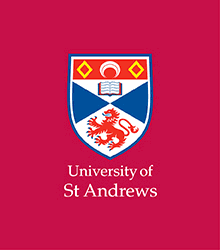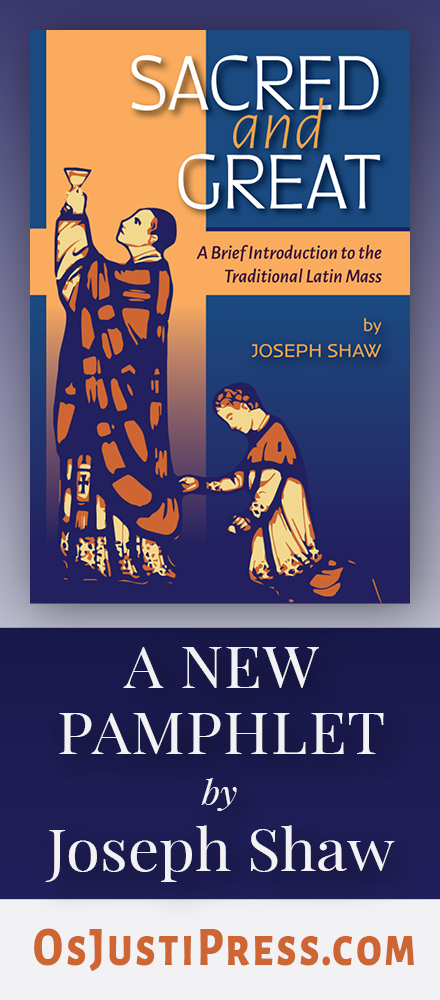Today is the feast of one of the great Patriarchs of Eastern monasticism, Saint Sabbas (or ‘Saba’), who is usually given the epithet “the Sanctified” in the Byzantine Rite. Born in the year 439, he died at the age of 93 in 532 A.D. Having entered upon the monastic life as a child, he eventually founded the famous lavra named after him in the Kidron Valley, about 8 miles from Jerusalem, and an equal distance from Qumran, where the Dead Sea Scrolls were found. This lavra is the second oldest continually functioning monastery in the world, after that of St Catherine on Mount Sinai, and counts several famous Saints among its alumni, including St John Damascene, whose Byzantine feast day was yesterday. St Sabbas is named in the preparatory rites of the Liturgy of St John Chrysostom, and the Typikon which was used in the lavra, the book which regulates the order of services in the Byzantine Rite, became the basis for the modern Typikon still used to this day.
A small church dedicated to him is on the lower of the two peaks of the Aventine Hill in Rome. Traditionally, it was said to have been founded as a monastic oratory by St Gregory the Great, on a property once owned by his mother, St Silvia, and given to a colony of monks from the lavra in the Holy Land. It has subsequently passed through the hands of various other religious congregations, Cluniacs, Cistercians, and Canons Regular, and is now served by the Jesuits. Although heavily restored in 1932-3, the church preserves several fragments of the various phases of its earlier history.
As in many of Rome’s older churches, the colonnade of the nave is made of “spolia”, i.e., materials taken from various ruins; hence the complete lack of uniformity. The Annunciation above the apse was painted in the mid-15th century, when the monastery became the residence of Cardinal Francesco Piccolomini, a nephew of Pope Pius II, and the future Pius III, who reigned for 3 weeks in September and October of 1503.
The Crucifixion scene over the throne at the back is the only part of the apsidal decoration that has not been badly restored. Nevertheless, the effect of the painted apse as a whole remains impressive.
 The apsidal fresco was originally painted in the 13th century, but has been heavily and badly restored and repainted.
The apsidal fresco was originally painted in the 13th century, but has been heavily and badly restored and repainted.
 |
| An aerial view of the lavra. (Image from Wikimedia Commons by Andrew Shiva, CC BY-SA 4.0) |
As in many of Rome’s older churches, the colonnade of the nave is made of “spolia”, i.e., materials taken from various ruins; hence the complete lack of uniformity. The Annunciation above the apse was painted in the mid-15th century, when the monastery became the residence of Cardinal Francesco Piccolomini, a nephew of Pope Pius II, and the future Pius III, who reigned for 3 weeks in September and October of 1503.
The Crucifixion scene over the throne at the back is the only part of the apsidal decoration that has not been badly restored. Nevertheless, the effect of the painted apse as a whole remains impressive.
A relic of St Sabbas enclosed in the altar.

The 13th-century throne behind the main altar.
On the right wall of the church is preserved this large fragment of the schola cantorum, which would originally have been in the nave, right in front of the altar. Many of these were dismantled after the Council of Trent, since they largely blocked the view of what was happening at the altar during the Mass.
Several parts of the Cosmatesque pavement are fairly well preserved.
The ceiling of the church was completely redone by Cardinal Piccolomini, whose family crest is still seen in several places directly underneath it on both sides. Exposed wooden ceilings of this sort became very unfashionable in the Baroque period, and are extremely rare in Rome.
On the left side of the church, a fourth aisle preserves several other frescoes from the 13th century, which are in fairly rough shape, but have been spared the repainting that happened to the apse. Here we see St Gregory the Great, traditionally honored as the founder of the church, with St Sabbas to the left. The Saint to the right holding a book may be Ambrose, since his feast day is kept only two days after that of Sabbas; the book would represent his status as a Doctor of the Church.
The legend of St Nicholas providing the dowries which will enable the father of three girls to spare them from a life of prostitution. This story is the origin of the traditional veneration of St Nicholas as a gift-giving saint, leading ultimately to his transformation into Santa Claus. His feast day is kept the day after Sabbas’.
The Virgin and Child with St Sabbas.
In the modern parish buildings next to the church are preserved several fragments of fresco from an earlier stage of the church, roughly 8th to 9th century. Here we see the calling of the first Apostles, with the words “James and John” in Greek on the far left, and the paralytic being lowered through the roof.
A group of Eastern monks.
































